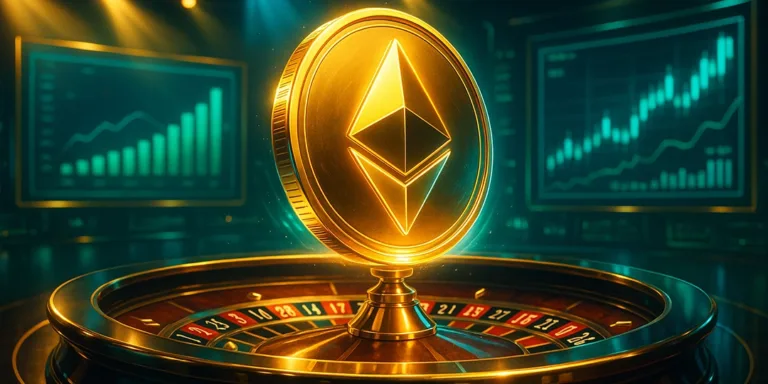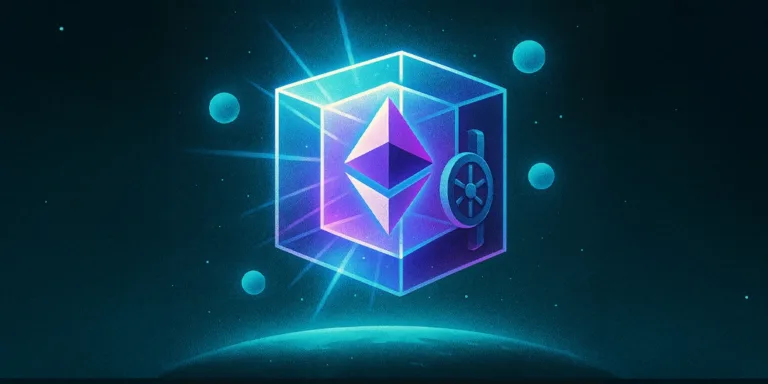Ever wondered how traders make money in crypto without owning a single coin? Understanding the comparison of Spot vs Futures vs Options is essential to help you navigate ways people trade digital assets. They might sound complicated, but don’t worry. This guide explains them in detail, using simple examples anyone can understand.
Think of it like this: spot trading is owning fruit you buy at the market, futures are betting on what the fruit will cost next month, and options are like reserving the fruit with free cancellation. Let’s break it all down some more!

Spot trading: Owning crypto the simple way
Spot trading is the easiest of the three. When you buy or sell in the spot market, you’re trading crypto right now at the current price. If Ethereum is $3,000 and you buy one, you instantly own Ethereum. That’s it.
It’s like buying apples at the grocery store: you hand over cash and walk out with apples. With a spot, you hand over money and walk away with coins. No contracts, no side bets, just straightforward ownership.
Derivatives: The market beyond ownership
When comparing Spot vs Futures vs Options, futures and options fall under a group called derivatives. Unlike spot trading, derivatives don’t require you to own crypto at all. Instead, they are contracts whose value comes from the price of the underlying asset (like Bitcoin or Ethereum).
With derivatives, you’re not buying the actual coin; you’re betting on its price direction. Traders love derivatives because they can use leverage to multiply gains (or losses).

Futures: Betting on tomorrow’s price
Futures contracts let you agree today on the price of crypto in the future. For example, you could agree to “buy” Ethereum at $3,200 in two months. If the price jumps to $3,500, you profit because you locked in cheaper coins. If it drops to $2,800, you lose because you overpaid.
Most traders never even touch the Ethereum; they just settle the contract for cash. Futures are basically price bets disguised as serious finance.

Options: Trading with flexibility
Options are like futures with an exit door. When you buy an option, you pay for the right—but not the obligation—to buy or sell crypto at a set price later.
Example: You pay a small fee for the right to buy Ethereum at $3,000 next month. If the price jumps to $3,500, you use your option and profit. If the price falls to $2,500, you walk away—losing only the small fee. Think of it like booking a hotel room with free cancellation: you hold the right, but you’re not stuck if the market changes.
Why compare spot vs futures vs options?
The answer is choice.
- Spot gives you actual ownership, making it the safest and most straightforward.
- Futures allow bigger bets on where prices are heading.
- Options give flexibility and limit losses if things go wrong.
Together, they form the backbone of crypto trading markets. Spot is simple. Futures and options (derivatives) are riskier but exciting for those chasing higher returns.
Spot vs Futures vs Options: At a glance
| Type | What It Means | Do You Own Crypto? | Risk Level | Simple Example |
| Spot | Buy or sell crypto at today’s price. | ✅ Yes | ⭐ Low | Buying Ethereum at $3,000 today. |
| Futures | Contract to buy or sell later at a fixed price—basically a bet on tomorrow. | ❌ No | ⭐⭐⭐ High | Agreeing to buy Ethereum at $3,200 in 2 months. |
| Options | A contract that gives you the right (not obligation) to buy/sell later. | ❌ No | ⭐⭐ Medium | Paying a fee to reserve Ethereum at $3,000. |
Mastering spot vs futures vs options
So, what’s the real difference in Spot vs Futures vs Options? Spot is ownership. Futures are bets on tomorrow’s price. Options are flexible side bets with insurance built in.
For beginners, spot trading is the easiest entry point. Futures and options are powerful tools but come with high risks. If you’re just starting out, learn the basics, start small, and never risk money you can’t afford to lose. In the unpredictable world of crypto, knowledge is your best investment.











